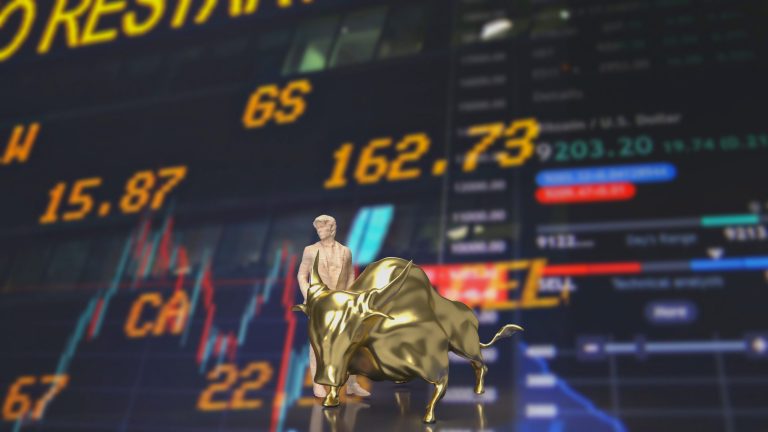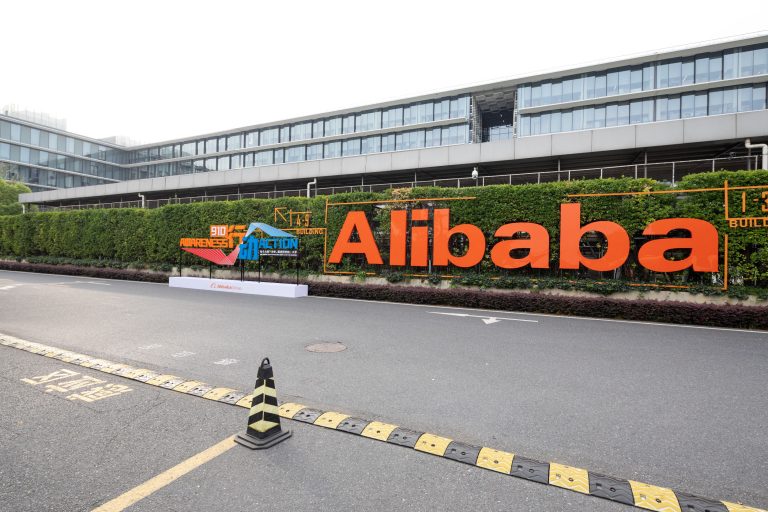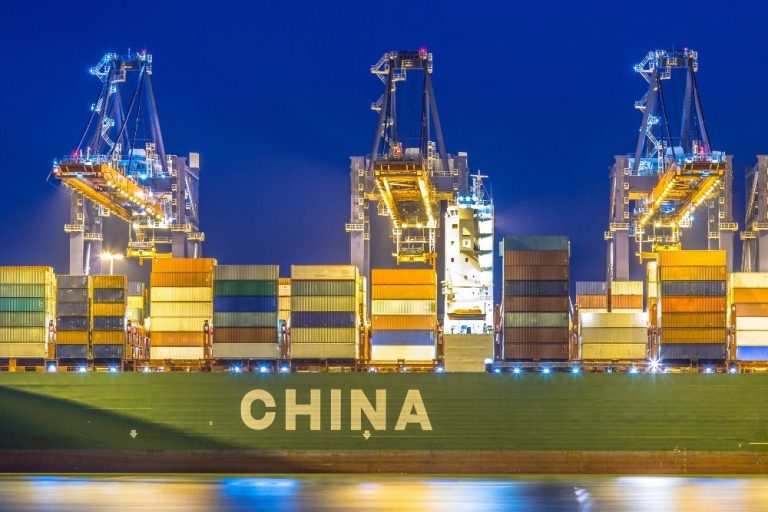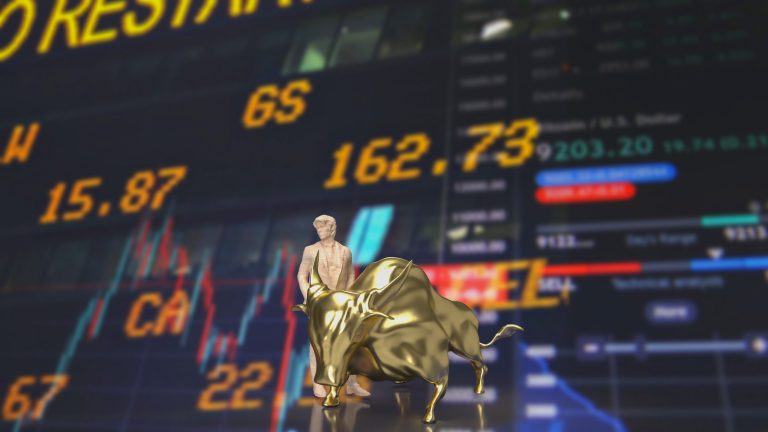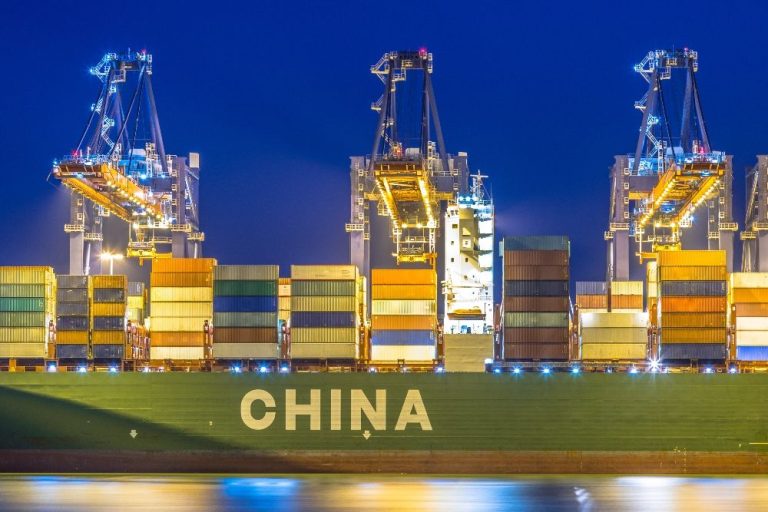Global brokerage CLSA has made a significant pivot in its investment strategy, moving back to Indian equities while reducing exposure to China. .
The reversal marks a significant move for CLSA, which initially increased its allocation to Chinese equities in October 2024 while trimming its overweight position in India from 20% to 10%.
This tactical adjustment aimed to capture perceived signs of recovery in the Chinese market.
However, after reassessing conditions and noting persistent challenges, CLSA has chosen to revert to a heavier India allocation.
It has adjusted its strategy to increase its investment in India by 20%, driven by the growing uncertainty surrounding China’s economic prospects.
China faces ‘misfortune in threes’
CLSA’s report, titled Pouncing Tiger, Prevaricating Dragon, highlights three key setbacks that have pressured Chinese equities.
The re-election of Donald Trump and the reappointment of Robert Lighthizer as US Trade Representative signal a return to protectionist policies, including potential tariffs of up to 60% on Chinese goods.
This development comes as exports play an increasingly pivotal role in China’s economic recovery.
China’s economic difficulties are compounded by sluggish real estate investment, high youth unemployment, and continued deflationary pressures.
Despite the stimulus measures introduced by China’s National People’s Congress, CLSA believes these efforts lack the strength needed for substantial economic recovery.
“The NPC stimulus amounts to de-risking with little reflationary benefit,” the brokerage commented.
Adding to China’s woes are rising US yields and heightened inflation expectations, which restrict the ability of both the US Federal Reserve and China’s central bank, the People’s Bank of China (PBOC), to enact accommodating monetary policies.
CLSA expressed concerns that these dynamics could trigger a pullback by offshore investors who previously invested after the PBOC’s initial stimulus in September.
India: a relative haven amid global uncertainties
In contrast to China’s vulnerabilities, India’s economic landscape presents fewer exposures to international trade tensions and protectionist US policies.
CLSA emphasized India’s relative insulation: “India appears as among the least exposed of regional markets to Trump’s adverse trade policy.”
Despite recent net outflows of ₹1.2 lakh crore from foreign institutional investors (FII) since October, driven by rising inflation and weaker second-quarter earnings, domestic investment appetite in India has remained resilient.
This robust local demand helps counterbalance external pressures and positions India as an attractive option for global investors seeking stability.
China’s valuations are not so attractive now
CLSA said China is now trading on a cyclically adjusted earnings multiple of 12.0x, versus 9.2x in early September or 8.2x at the start of the year.
While this is still a discount to the rest of emerging markets—EM excluding China trades on a CAPE of 14.0x—but not as extreme as the 36% discount on offer in early September.
Besides, it acknowledged that while India’s equity market remains expensive, current valuations have moderated, making them slightly more attractive for investment.
The cyclically adjusted PE ratio has decreased from 37.9x to 33.5x, while the price-to-book ratio has fallen from 4.5x to 4.0x.
This warranted book multiple, estimated at 3.5x, now reflects a smaller premium.
The brokerage also pointed out that India’s earnings momentum, though softened, remains strong.
Projected earnings per share (EPS) growth for 2025/26 is anticipated to reach 18% and 14%, respectively, backed by stable GDP forecasts and a solid rupee.
Additionally, the stability of the rupee and local currency earnings has driven dollarized EPS back in line with its 30-year trend.
Risks on the horizon for India
Despite its optimism, CLSA also highlighted potential risks to Indian equities, particularly a surge in market issuance.
The firm noted that the cumulative 12-month issuance level is nearing 1.5% of the market cap, a historical threshold that could weigh on market performance if demand doesn’t keep pace.
The brokerage also maintains caution, pointing out that India’s heavy reliance on energy imports, especially oil, makes it vulnerable to price fluctuations.
“We remain concerned about the potential for risk premium in the oil price or at worst, a substantive supply interruption from Iran-Israel tensions,” it stated.
However, as long as energy prices remain manageable, India is seen as an oasis of relative stability amid global market turbulence.
Trump’s tariffs could spark a pivot away from China
The brokerage expressed apprehensions over Trump’s second term, which could spark fresh trade disruptions.
Lighthizer’s commitment to high tariffs could result in early economic turmoil, potentially affecting global growth.
While China’s direct exposure to US trade is limited to 2.9% of GDP, CLSA pointed out the country’s vulnerability through indirect trade routes and its rising export dependency.
In light of growing tensions, US investments may further pivot away from China as corporations continue implementing “China plus one” strategies to mitigate supply chain risks.
CLSA noted that India stands to benefit from this shift, given its scalable growth potential, manageable leverage, and low foreign equity ownership compared to other emerging markets.
The post CLSA shifts focus from China to India amid Trump’s return and economic challenges appeared first on Invezz

